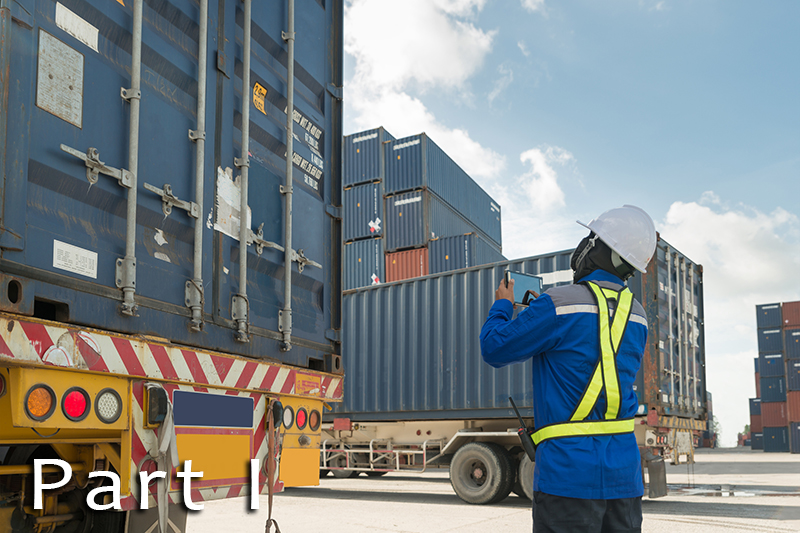 Editor's Note: With more than 20 years of experience, Tom Gould leads Flexport's trade advisory services. Before working for the the digital freight forwarder, Flexport, he was Sr. Director, Customs and International Trade for Sandler, Travis & Rosenberg, P.A. He is a member of the U.S. Customs and Border Protection's Trade Support Network, and served on the board of the Foreign Trade Association.
Editor's Note: With more than 20 years of experience, Tom Gould leads Flexport's trade advisory services. Before working for the the digital freight forwarder, Flexport, he was Sr. Director, Customs and International Trade for Sandler, Travis & Rosenberg, P.A. He is a member of the U.S. Customs and Border Protection's Trade Support Network, and served on the board of the Foreign Trade Association.
Part II of this interview can be found here.
In this exclusive two-part interview, he explains how supply chain managers may better address the complexity of global regulatory compliance.
Supply Chain Management Review: How can you help domestic shippers find affordable sources for the materials that they need to build their products, and companies whose products were once duty free now have duties to reconcile into their forecast?
Tom Gould: You know, I think another way we can ask that question is: how can you work with sourcing partners to continue to build your products, without building an entirely new supply chain?
The answer lies in understanding the details of the production of your products and the applicable customs rules that determine the origin, classification, duty rates and customs value. By having access to and being able to understand the significant amount of data behind your product and the customs rules, you can make more informed decisions.
For example, if you import blue jeans, you should start by determining the source country of the fabric, buttons, zipper and trim. By fully understanding origin rules for the jeans, you could then decide to manufacture most of the product in China, finish it in another country, and avoid the additional duty.
SCMR: How do you mitigate risk for accountability for shippers to make their export and import declarations?
Gould: Customs and Border Protection (CBP) is seeing a ton of mistakes from shippers. Whether you're trying a new strategy to save on tariffs or are using a tactic you've used in the past, you just have to be more aware that CBP is looking more closely than it has before.
The first step is to look at your data under the same light that CBP would. Focus heavily on transactional data, and put in the necessary procedures to be ready when customs comes knocking.
SCMR: How can shippers and logistics service providers build a strategic approach toward the Section tariffs in the new year?
Gould: Start by analyzing the transactions. Start with the biggest figures and work your way down the list.
As you go through the list, ask yourself: what products can you move out of China? Which products would be difficult to move? Which pieces of the supply chain can you partially move?
Next, make a priority list. There may be specific products where a piece of machinery may be hard to move, but by understanding the origin rules for your products you will be in a better position to determine which part of your supply chain must be moved to change the origin country, thereby avoiding tariffs.
On Tuesday: Part II of Flexport interview, advising supply chain managers to be nimble to keep the right systems in place so they “can operate on the fly.”
SC
MR


Latest Supply Chain News
- Technology’s role in mending supply chain fragility after recent disruptions
- Tech investments bring revenue increases, survey finds
- Survey reveals strategies for addressing supply chain, logistics labor shortages
- Israel, Ukraine aid package to increase pressure on aerospace and defense supply chains
- How CPG brands can deliver on supplier diversity promises
- More News
Latest Podcast

 Explore
Explore
Business Management News
- Technology’s role in mending supply chain fragility after recent disruptions
- Survey reveals strategies for addressing supply chain, logistics labor shortages
- How CPG brands can deliver on supplier diversity promises
- How S&OP provides the answer to in-demand products
- AI, virtual reality is bringing experiential learning into the modern age
- Tips for CIOs to overcome technology talent acquisition troubles
- More Business Management
Latest Business Management Resources

Subscribe

Supply Chain Management Review delivers the best industry content.

Editors’ Picks





